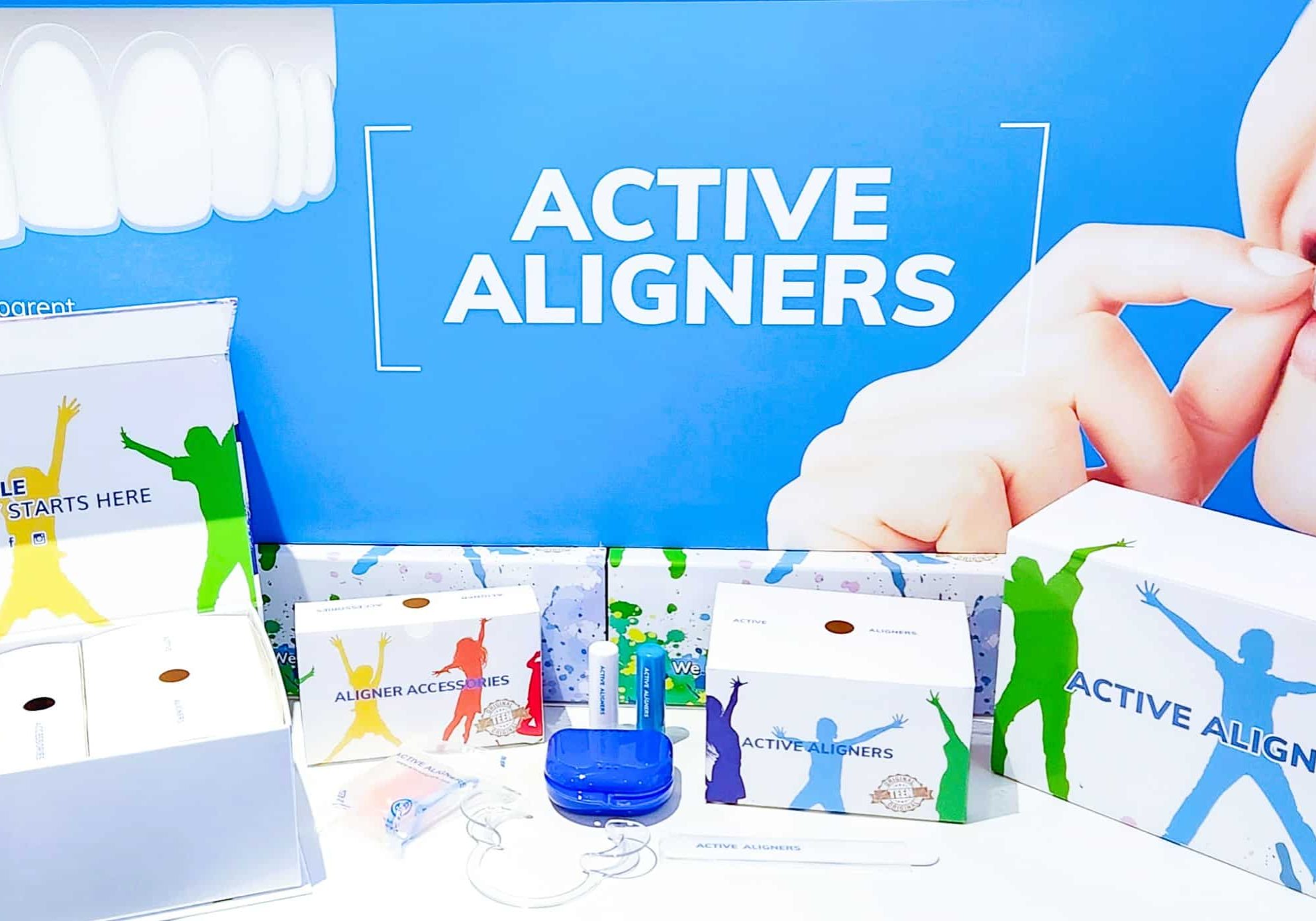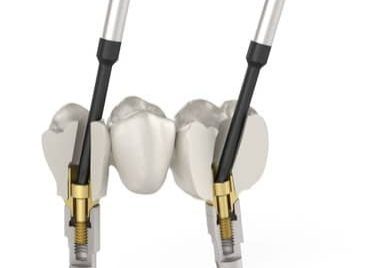AI and machine learning will not put health professionals out of business; rather, they will make it possible for health professionals to do their jobs better and leave time for the human–human interactions that make Dentistry the rewarding profession we all value₁.
There is virtually no area in medicine and care delivery that is not already being touched by AI. For example, AI-driven applications are available to capture the dictation of medical notes; many such applications are attempting to synthesise patient interviews and laboratory test results to write notes directly, without clinician intervention.
AI is playing an increasing role in health insurance coverage, assisting caregivers in making claims and payors in adjudicating them. We have already seen many published reports that use AI to interpret images — radiographs, histology, and optic fundi. Tools that utilise AI have come into increasing use in analysing and interpreting large research databases containing information ranging from laboratory findings to clinical data.
All these tools offer the potential for increased efficiency and may, perhaps, render insights that are difficult to attain with more traditional data-analysis methods. However, new AI methods are not necessarily a panacea; they can be brittle, they may work only in a narrow domain, and they can have built-in biases that disproportionately affect marginalised groups. This range of AI applications requires a diverse group of authors, editors, and reviewers, even though the pool of individuals with appropriate knowledge is still relatively small.₁
The artificial intelligence (AI) revolution has arrived for the health care sector and is finally penetrating the far-reaching but perpetually underfinanced primary care platform. While AI has the potential to facilitate the achievement of the Quintuple Aim (better patient outcomes, population health, and health equity at lower costs while preserving clinician well-being), inattention to primary care training in the use of AI-based tools risks the opposite effects, imposing harm and exacerbating inequalities.₂
A few examples of how AI is being used in dentistry include:
- SmileMate: A virtual consultation tool that uses AI and machine learning to create realistic simulations of how teeth will look after various cosmetic treatments.
- Dentem: An AI-powered platform that uses computer vision to analyse dental images and detect potential issues such as cavities, gum disease or tumours.
- Dental monitoring: A remote monitoring system that uses AI and machine learning algorithms to track the progress of orthodontic treatments and provide real-time feedback and adjustments.
- Ophir: An AI-powered dental assistant that uses natural language processing and speech recognition to assist dentists during procedures and reduce the risk of errors.
- CephX: An AI-powered tool that automates the analysis of cephalometric X-rays, which are used to diagnose orthodontic issues and plan treatments.
Overall, AI has the potential to improve accuracy, speed, and efficiency in dentistry, but more research and development are needed to fully realise its benefits.
AI is rapidly transforming the field of dentistry in the UK. AI-powered tools are being employed for diagnosis and treatment planning, aiding dentists in improving patient outcomes and reducing errors.
One significant impact of AI is its ability to analyse radiographic images with greater accuracy than humans. It helps detect dental caries, periodontal disease, and bone loss better than human dentists. The use of AI in diagnosis will also reduce the need for invasive procedures, leading to more precise treatments.
AI is also being used for treatment planning, mainly in orthodontics. Orthodontists employ AI to develop customised treatment plans for patients, leading to more successful outcomes. This technology assists in creating better, individualised treatment plans, leading to improved oral health in patients.
In addition to diagnosis and planning, AI is also being used to automate routine dental tasks, such as scheduling appointments and managing records. This automation saves time and leads to improved efficiency in dental practices.
The use of AI in dentistry is still in its nascent stages, but it has the potential to revolutionise the field. By providing accurate diagnosis, personalised treatment plans, and automating day-to-day tasks, AI is set to improve the quality of dental care in the UK.
Ethical implications:
The use of AI in dentistry could give rise to ethical concerns surrounding patient privacy and consent. For instance, dentists need to ensure that patients are fully informed about the use of AI in their treatment and that their data is being used in a responsible and secure manner.
Legal implications:
Dentists will also need to consider the legal implications of using AI in dentistry. They may need to ensure that they comply with data protection laws and other regulations when it comes to processing and storing patient data.
Social implications:
The use of AI in dentistry could have social implications as it may impact the accessibility and affordability of dental care. For instance, AI-powered technology may be expensive, which could make dental care less accessible to those who cannot afford it.
Overall, whilst AI has the potential to revolutionise dentistry in the UK, it is important for dentists to consider the potential ethical, legal, and social implications of this technology. By doing so, they can ensure that they use AI in a responsible manner that benefits both patients and the wider community.
The UK is lagging behind other countries such as the US and China in the integration of AI technologies in dental procedures. However, there are opportunities for innovation and improvement in the field such as the use of AI for early detection of oral cancer and predictive analytics for personalised treatment plans.
With the increasing demand for efficient dental care, it is crucial for the UK to invest in AI technologies to improve patient outcomes and reduce healthcare costs.
AI and machine learning will not put health professionals out of business; rather, they will make it possible for health professionals to do their jobs better and leave time for the human–human interactions that make Dentistry the rewarding profession we all value.₁
References
1.Artificial Intelligence in Medicine, Beam AL et al, March 30, 2023, N Engl J Med 2023; 388:1220-122, DOI: 10.1056/NEJMe2206291
2.Competencies for the Use of Artificial Intelligence in Primary Care, Winston Liaw et al, The Annals of Family Medicine November 2022, 20 (6) 559-563; DOI: https://doi.org/10.1370/afm.2887












